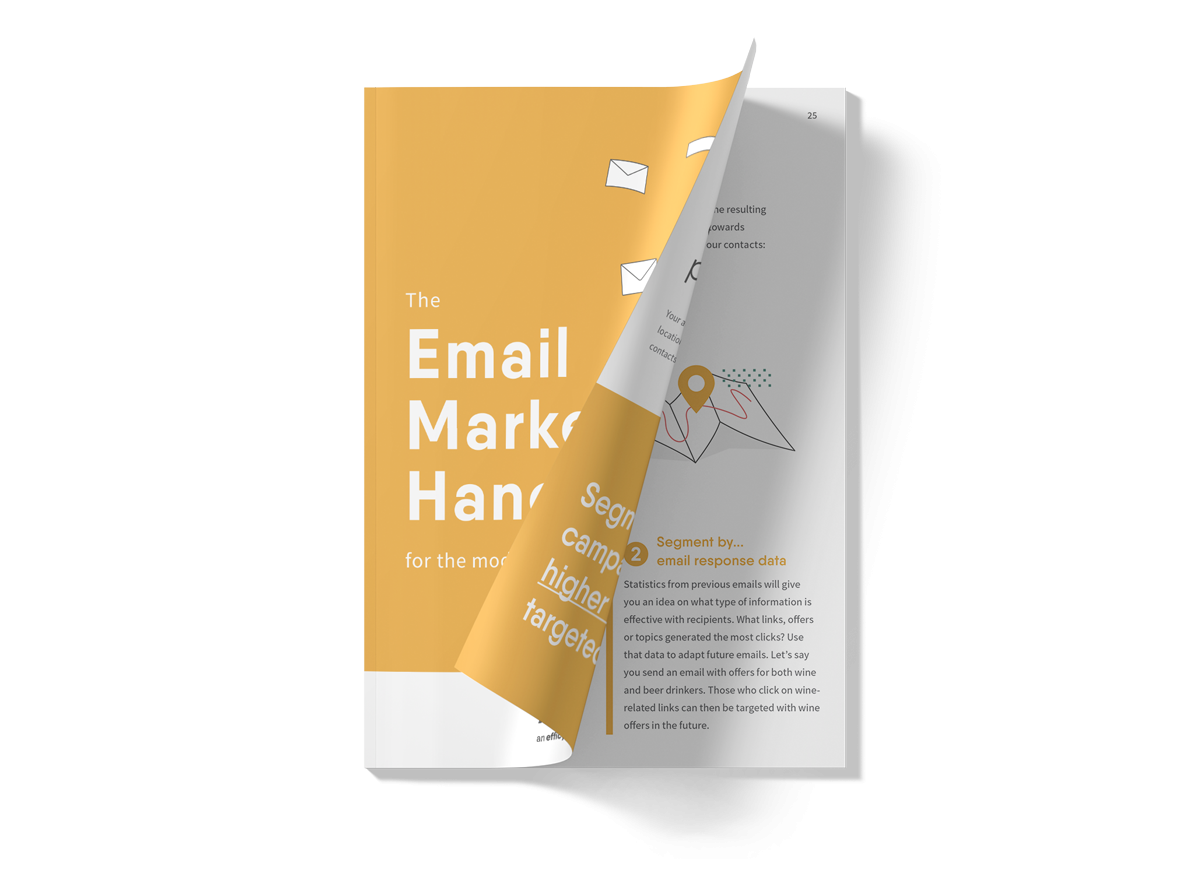Image
Jul 04
| 3 minutes
read
The importance of real-time segmentation – 3 questions to ask yourself
A search on Google gives me 17,700,000 results for “real time segmentation”. So what does real time segmentation mean?
In the world of Web Analytics, where I used to work, it usually means the ability to segment your customers, in real time, for the purpose of better understanding their behaviour.
Google Analytics was one of the first web analytics tools to allow analysts to segment visitors in real time, i.e. with as little as 10-30 seconds delay. BI solutions pride themselves on being able to segment vast datasets in near real time for quite complex questions. Real-time bidding platforms of course also segment audiences in real time, to enable better targeting.
Before you embark on your exciting journey to real-time segmentation, ask yourself these three questions…
When and why is ‘real time’ important to your marketing?
For web analytics, in some cases it is really important to see results of a campaign in real time to be able to measure it, report on it and act on the result. The real key here is of course acting on the results. Very few companies can claim to be acting on their web analytics data in true real time, or even on a daily basis.
In the case of BI platforms, it is more about being able to run really fast queries across datasets from multiple channels, instead of having to wait days – or even weeks – to get results which you can act on.
How will you actually use real-time segments?
Most companies would struggle to act in real time on anything if human interaction with the dataset is required first. Real-time bidding platforms create audiences that are then targeted in real time based on the audience criteria. But how often do you target your customers based on real-time segments in a channel like email, SMS or in-store?
What is the difference between segmentation and one-to-one?
Segmentation is really just a way of dividing customers into groups based on certain criteria. In many segmentation tools you can also just belong to one segment at a time. Is this really logical? Why would you not be able to belong to multiple segments depending on your context, location, day of the week or current behaviour, rather than some definition of what you did previously?
Targeting a profile on a one-to-one basis means that the customer will be treated in a certain way because of the data in her profile, rather than whether the profile is in the same segment as other profiles.
Real-time insight vs real-time action
Real-time segmentation is a powerful tool when used to its fullest. If you are going to segment in real time, make sure you have the capability to target customers in real time too. That way your campaigns will be acting on fresh data, and you will be approaching your customers on an individual, one-to-one basis, rather than by segment.
This post was written by Andreas Daun



